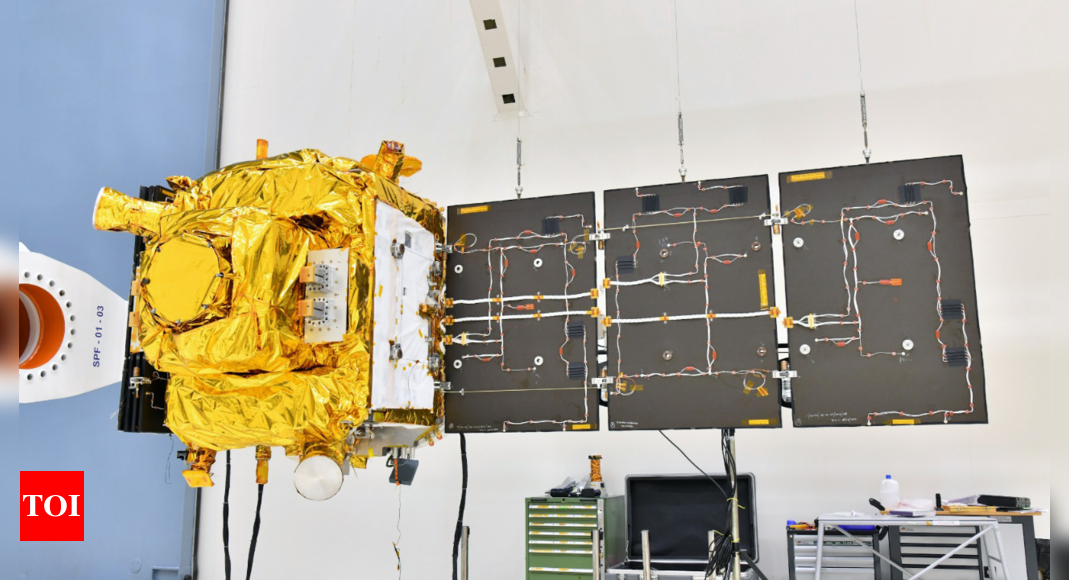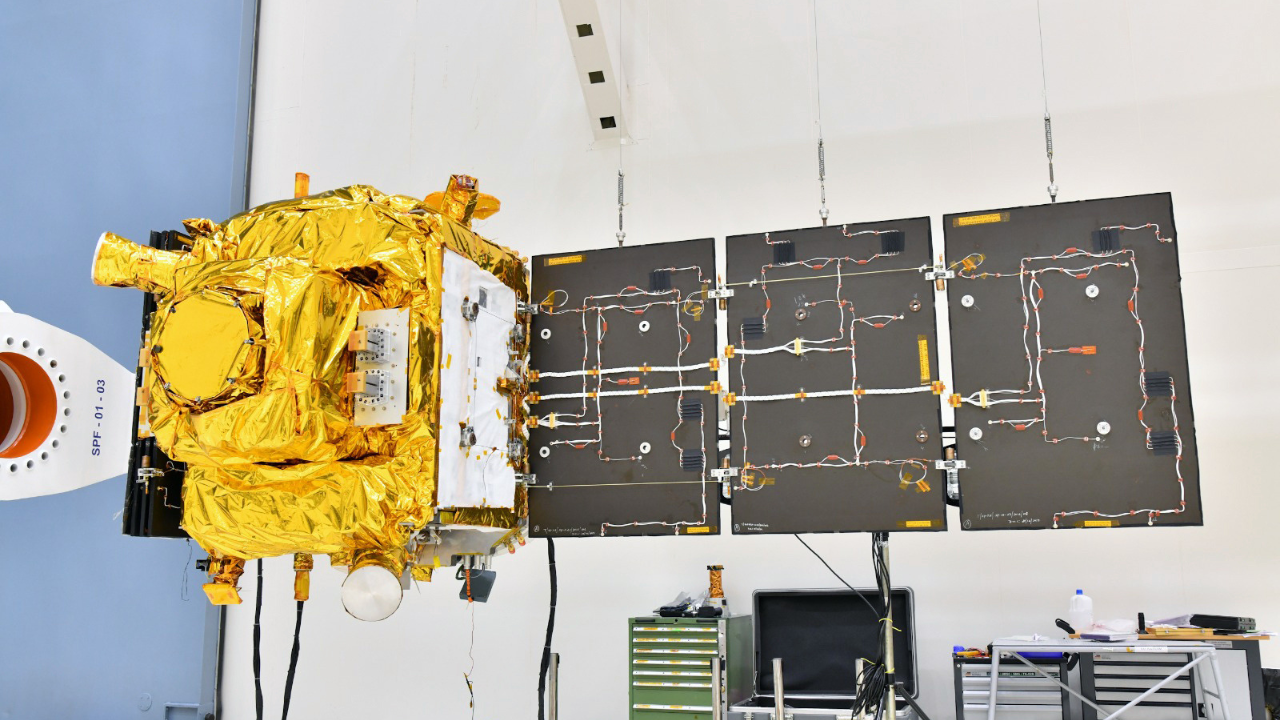XPoSat holds the distinction of being Isro’s inaugural dedicated scientific satellite designed for conducting research in space-based polarization measurements of X-ray emissions originating from celestial sources.
XPoSat overview:
XPoSat, also known as X-ray Polarimeter Satellite, marks Isro’s maiden dedicated scientific satellite designed for research in space-based polarization measurements of X-ray emissions from celestial sources. The satellite’s configuration is adapted from the IMS-2 bus platform, with the mainframe systems drawing from the heritage of IRS satellites.
XPoSat carries two primary payloads: POLIX (Polarimeter Instrument in X-rays) and XSPECT (X-ray Spectroscopy and Timing). POLIX is developed by the Raman Research Institute, while XSPECT is a creation of the Space Astronomy Group of URSC.
Following the injection of XPoSat, the PS4 stage will undergo two re-starts to adjust the orbit into a 350 km circular orbit. This configuration is crucial for maintaining a 3-axis stabilized mode for Orbital Platform (OP) experiments. The PSLV Orbital Experimental Module-3 (POEM-3) experiment will be carried out to fulfill the objectives of 10 identified payloads provided by Isro and IN-SPACe.
Watch: NASA unveils stunning images of ‘Christmas tree-like cluster’ of stars and celestial snow globe in space
Mission objectives
POLIX payload:
– Measure polarization of X-rays in the energy band 8-30keV originating from approximately 50 potential cosmic sources.
– Employ Thomson Scattering to achieve polarization measurements.
XSPECT Payload:
-Conduct long-term spectral and temporal studies of cosmic X-ray sources in the energy band 0.8-15keV.
-Focus on analysing X-ray emissions from cosmic sources through spectroscopic measurements.
Common Objectives:
– Simultaneous polarimetry and spectroscopic assessments of X-ray emissions from cosmic sources.
– Cover a shared energy band with POLIX and XSPECT payloads.
Watch: ISRO releases jaw-dropping full-disk images of the Sun captured by Aditya-L1’s SUIT
Watch ISRO’s New Year Mission: XPoSat to Explore the Enigmatic Black Hole Emissions

